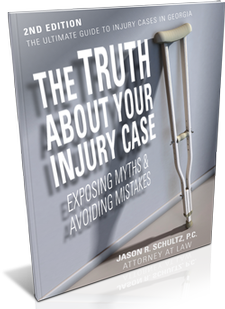Treatments for Spinal Stenosis
Your doctor will likely use imaging tests to gain detailed information about the exact location and extent of your spinal injury or stenosis. X-rays, MRIs, CT scans, and CT myelograms are the usual imaging tests for these conditions. Armed with the data from the imaging tests, your doctor will develop a treatment plan.
Unless you have a severe case or a medical emergency, your doctor will tend to begin with conservative, non-invasive measures, which can include:
- Monitoring your condition with regular follow-up appointments
- Advising you to take over-the-counter pain relievers such as ibuprofen (Motrin, Advil), acetaminophen (Tylenol), or naproxen (Aleve) for a short time
- Prescribing short-term or long-term use of opioids, while warning about the risk of addiction to these codeine-related medications
- Using a trial run of anti-seizure medications like Neurontin or Lyrica or nightly doses of antidepressants to reduce your nerve pain
- Sending you to physical therapy to stabilize, strengthen, and increase the flexibility of the spine
If these treatments are not successful, or if you have a severe injury, your doctor might try:
- Steroid injections at the site of the stenosis in your back
- Decompression procedure, using a needle-like tool to remove part of a ligament near the stenosis to allow more space and relieve the nerve compression
- Back surgery, such as laminectomy (removing part of the affected vertebra), laminotomy (carving a hole in part of the vertebra), laminoplasty (creating a hinge on part of the vertebra to open up space – this surgery is only performed on the neck, not the lower back), or minimally invasive surgery (with less damage to surrounding tissue)
Risks of Spinal Surgery
All surgery carries some risks. While some people experience a reduction in their discomfort and other symptoms after surgery for spinal stenosis, others do not. Possible complications of surgery for spinal stenosis after a car accident include:
- Symptoms the same or worse after surgery than before
- Infection
- Deterioration of the spinal nerves
- A blood clot in one of your legs
- A torn membrane around the spinal cord
Compensation for Trauma-related Spinal Stenosis
Your damages claim can include multiple components in these complex cases, including losses from:
- The original trauma (medical bills and lost wages)
- The spinal stenosis that developed
- Complications from surgery or another treatment (additional medical bills, lost wages, pain and suffering)
- Short-term and long-term impacts on your life from the multiple medical conditions (ongoing medical treatments, long-term care costs, disability, decreased earning potential, chronic pain, mental distress, depression, loss of enjoyment of life, loss of consortium)
What to Do After a Spinal Injury from a Car Accident
Protect your health and well-being by getting medical attention right away. Do not sign papers or agree to a settlement with the insurance company. If you agree to a quick settlement early in your medical treatment, you are locked into that amount of compensation, even if your medical bills keep piling up for additional treatments.


